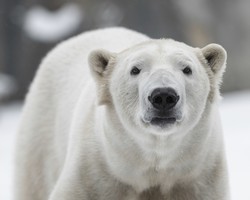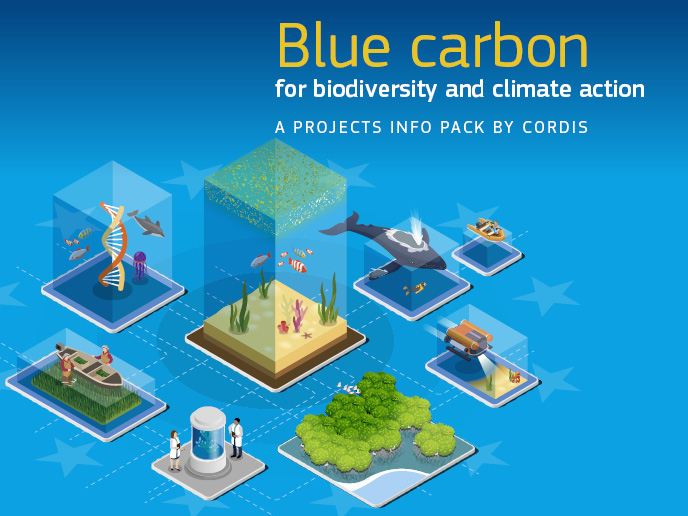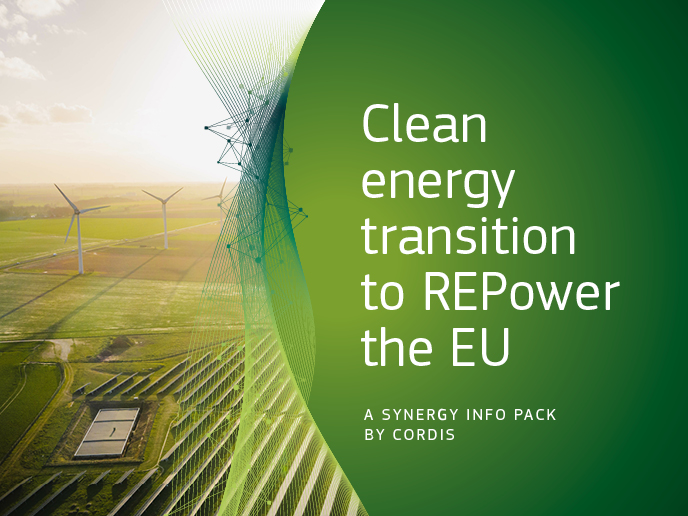How polar bears evolved
The polar bear, Ursus maritimus, lives in one of the harshest, most inhospitable environments on Earth. As the top land predator of the High Arctic, understanding how climate change will impact its survival is crucial. To predict how polar bears will cope with projected global warming over the next 50 to 100 years, the EU-funded POLAR BEAR GENOME (Polar bear response to global warming: Insights from shotgun sequencing of the polar bear genome) initiative studied how this species responded to past environmental changes. Researchers were particularly interested in discovering genes that allowed the polar bear to adapt to the extreme conditions of the Arctic. The secret to the polar bear's survival was hidden within the genomes of 80 polar bears and 10 brown bears, which share a common ancestry. In the cover story of the journal Cell, researchers revealed that the polar bear diverged from the brown bear less than 500 000 years ago. The timing of this species split coincides with the end of a long period of warm global temperatures known as an interglacial. Researchers believe that over thousands of years of warm weather, the brown bears' range expanded northwards. As the climate got colder, however, a population was marooned in the north. These bears were forced to adapt very quickly and diverged from the main population to become the polar bears of today. The remarkable changes that allowed polar bears to survive on Arctic sea ice occurred at a speed and scale unprecedented in a large mammal. Key to this adaptation were genes that allowed polar bears to survive on a high-fat, high-calorie diet that would cause heart problems in other mammals. Understanding how polar bears deal with lifelong elevated levels of cholesterol from eating seals may help scientists to prevent cardiovascular disease in humans. Importantly, by revealing how rapidly species can adapt, scientists can better predict how polar bears and other Arctic mammals will respond to current ecosystem threats.







